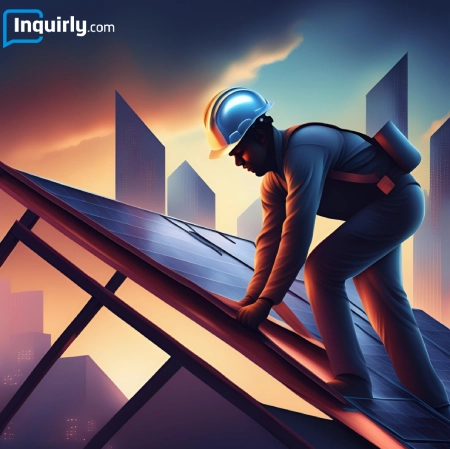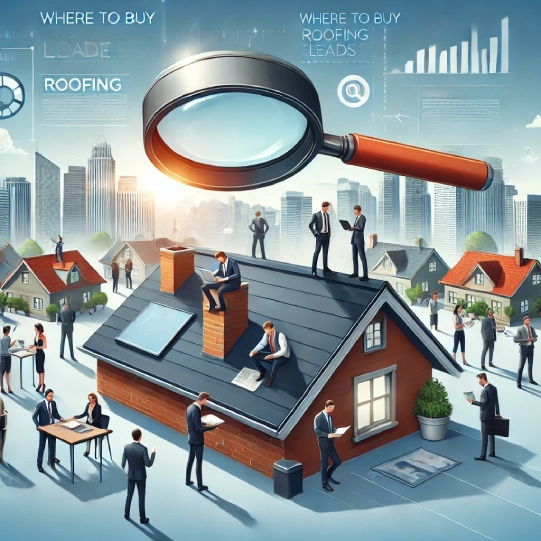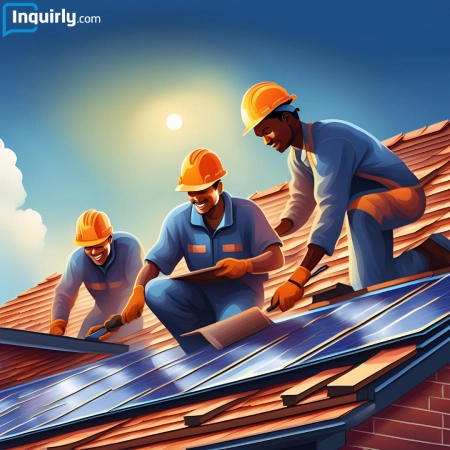Have you noticed how much the roofing industry has changed in the last few years? What was a straightforward process has now evolved into a world filled with high-tech innovations, eco-friendly options and designs that combine functionality with style.
The roofing industry is no longer just about protecting homes. Today, it’s about energy efficiency, sustainability and even smart technology. For instance, thanks to advancements like solar panels, roofs can now generate power for your home, save your energy costs, and help the environment.
However, why is this important? Roofing trends are changing to satisfy the needs of consumers and businesses that are becoming more aware of their energy use and environmental impact. Roofing companies that stay informed about these trends can offer better services to their clients and succeed in a highly competitive market.
In this article, we’ll explore the top roofing trends to watch in 2024 and 2025, explain why staying updated on these trends is critical, and offer useful tips and tools to ensure you’re ready for the changes ahead.
Why Keeping Up with Roofing Trends Matters
Staying updated in the roofing world is not just following what’s popular, it also means staying competitive and on track. Roofing is a huge investment for homeowners, and they want the best solutions that can last for decades while also being energy-efficient and eco-friendly. As a business owner, you’ll want to offer these solutions to attract new clients. Plus, newer materials and technology often mean better durability and performance, which could save you and your clients time and effort in the long run.
Top 5 Roofing Industry Trends in 2024-2025
1. Solar Shingles

Solar shingles are quickly becoming one of the most exciting innovations in the roofing industry. They are designed to function as both roofing material and energy generators. They blend seamlessly into the roof’s structure and offer homeowners to create sustainable energy without compromising the beauty of their homes.
In sunny areas, these shingles can make a noticeable difference by generating electricity directly from your roof. As the technology gets better, solar shingles are producing more energy, even when the sun isn’t at its strongest. On top of that, many places offer incentives like tax breaks or discounts, which help reduce the overall cost. With a rising focus on sustainable energy, solar shingles are expected to become a standard feature on new roofs in the near future.
2. Cool Roofs
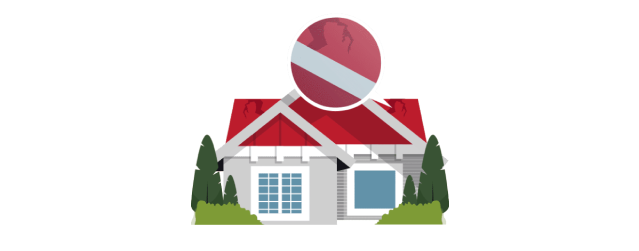
With climate change causing warmer summers, cool roofs seem to be growing in popularity. A cool roof is designed to reflect more sunlight than a standard roof and absorb less heat. These roofs are typically made from materials that are highly reflective, like certain tiles or coatings. They help to regulate the temperature inside the home, which reduces the need for air conditioning, resulting in lower energy bills.
Cool roofs also protect the roofing materials themselves. Excessive heat can cause traditional roofing materials to break down more quickly, leading to cracks and the need for regular repairs. Since cool roofs reduce heat absorption, they can also extend the lifespan of the roof, cutting down on long-term maintenance and replacement costs.
3. Synthetic Slate Roofing
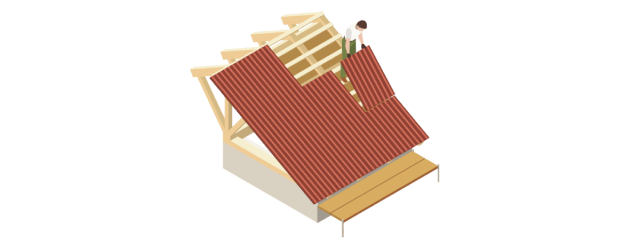
Synthetic slate roofing offers homeowners the elegance of traditional slate without the concerns. Natural slate has long been valued for its durability and classic look, yet it also has some serious drawbacks, such as being heavy, expensive and difficult to install. These problems are solved with synthetic slate, which has the same visual appeal at a significantly lower weight and expense.
Synthetic slate, which is made of materials like plastic or rubber, is intended to resemble actual stone and gives homes a luxurious look. Beyond appearances, though, it provides amazing durability. It is resistant to severe weather, including strong winds, heavy rains and even hail. Synthetic slate is more resilient and flexible than the traditional one. In addition to its durability and visual appeal, synthetic slates are made from recycled materials, making them more eco-friendly. To sum up, it is an attractive option for homeowners looking to reduce their environmental footprint and still enjoy a high-end look.
4. Custom Roof Colors

A new trend, Custom roof colors is giving homeowners more design freedom than ever before. Traditional roofing materials typically come in muted colors: grays, browns and blacks, but this is changing as more people are looking to personalize their homes with wider options.
For the roofing industry, this trend means expanding product offerings to include a wide variety of colors and finishes. Moreover, custom roof colors reflect a broader shift in the industry toward home design as a form of self-expression. Homeowners want to personalize every aspect of their homes, and the roof is no exception. This is especially important in areas with historic or architecturally unique homes, where custom colors help preserve or enhance the character of the property. In response to these demands, roofing companies are investing in new technologies and color-fast materials to meet consumer expectations.
5. Drone Inspections
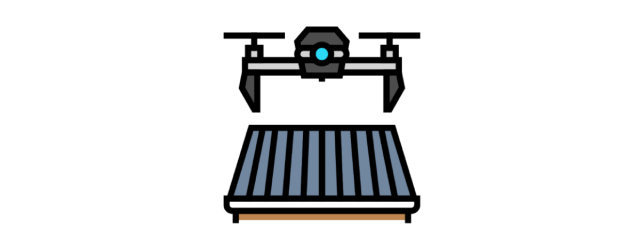
Drone roof inspections are changing the way professionals and homeowners assess roof conditions. , inspecting a roof required ladders, scaffolding, and significant labor, often with potential risks of accidents or missed spots due to limited access to certain areas. Drones eliminate these obstacles, allowing inspectors to take high-resolution photos and videos of the roofs without ever setting foot on them. This technology is particularly useful for large or complex roofs, where certain areas may be difficult to access safely.
Drones equipped with powerful cameras and sensors can identify early signs of damage, such as leaks, cracks, or weak spots in roofing material. Many drones also come with thermal imaging capabilities, which can identify heat loss or insulation problems. This makes drone inspections faster and precise than traditional methods. For contractors, the benefits are clear, less time on-site, reduced risk of accidents and better service for their clients. And for homeowners, it means quicker, more accurate diagnostics, often at a lower cost.
Helpful Tips and Tools
- Use 3D modeling or project management software to visualize roofing designs and improve workflow efficiency. Software like RoofSnap allows contractors to create precise roof models based on real property measurements.
- For project management, tools like JobNimbus help track jobs, schedule tasks and manage both materials and labor, keeping everything organized and on track.
- If you’re a contractor, drones are an essential tool for accurate and efficient roof inspections, especially for large-scale projects. DJI offers a range of high-quality drones designed for construction and inspection purposes. The DJI Mavic 3 Enterprise is a great example, offering advanced cameras and GPS capabilities to capture detailed roof footage.
- If sustainability is a priority, work with suppliers who offer eco-friendly materials. Companies like GAF Energy are leaders in the field, offering innovative solar roofing systems that integrate directly into the roof. It is not only good for the planet, but it’s also a big selling point for eco-conscious clients.
Challenges You Might Face
For roofing business owners, one of the biggest challenges is managing the initial costs associated with adopting advanced materials and technologies. Investing in solar shingles, drones or energy-efficient roofing systems often requires significant capital.
Another challenge is the skill gap that comes with introducing new technologies. Integrating tools like drones for inspections or AI software for project management requires training and expertise. Many contractors may need to invest time and resources into upskilling their workforce, which can temporarily slow down operations.
Related Questions
How can I offer the most suitable energy-efficient roofing solutions for different climates?
Understanding which energy-efficient materials work best in various climates is essential for your business. For example, cool roofs may be more appropriate in hotter regions, while insulated materials like metal or foam may provide better protection in areas with fluctuating temperatures.
What long-term value can I demonstrate to customers when promoting sustainable roofing solutions?
When promoting sustainable roofing, emphasize long-term savings from reduced energy bills, lower maintenance costs due to durability, and the environmental benefits of reduced waste and carbon emissions. These factors add value beyond the initial investment, appealing to eco-conscious and cost-aware clients.
How can I integrate solar roofing options without disrupting ongoing projects?
To integrate solar roofing options without disrupting ongoing projects, plan by coordinating with certified solar installers early in the process.
Conclusion
The roofing industry in 2024-2025 is seeing a dynamic shift towards sustainability, technology and customization. Staying informed about these trends ensures that both homeowners and contractors can take full advantage of innovative solutions. Technologies like solar shingles, drones, and eco-friendly materials are changing how roofs are built, maintained and used. Remaining adaptable and knowledgeable is key to success as the industry continues to evolve.
